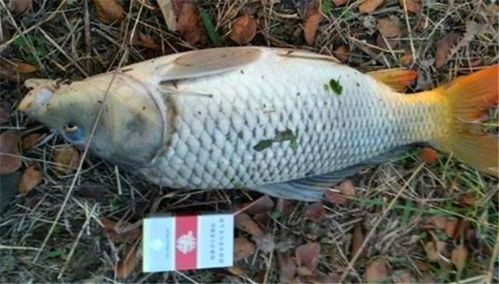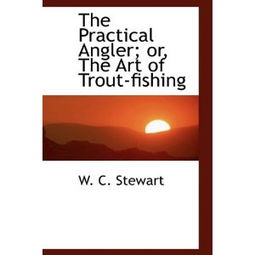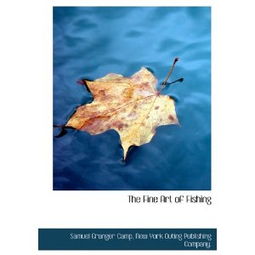Content:
Fishing in rivers is a popular activity that offers both relaxation and excitement. Whether you are a beginner or an experienced angler, it is important to have the right techniques and knowledge to ensure a successful fishing trip. In this article, we will provide you with a comprehensive guide on how to fish in rivers, complete with detailed illustrations to help you visualize the techniques. So, let's dive into the world of river fishing!
Choosing the Right Equipment
Before you start fishing in a river, it is crucial to have the right equipment. Here is a list of essential gear you will need:
- Rod and reel: Choose a rod and reel that are suitable for the type of fish you want to catch and the river conditions.
- Line: Use a strong, flexible line that can withstand the currents and potential snags in the river.
- Hooks: Select hooks that are appropriate for the size and type of fish you are targeting.
- Lures and bait: Depending on the fish species, you may need different lures and bait. Research the specific fish you want to catch and gather the appropriate gear.
- Terminal tackle: This includes swivels, split shots, and leaders. These accessories help improve your fishing experience by reducing line twist and providing better presentation.
Selecting the Best Fishing Spot
To increase your chances of catching fish, it is important to choose the right fishing spot. Here are some tips for selecting the best fishing spot in a river:
- Look for areas with structure: Fish often seek shelter in areas with rocks, logs, or vegetation. These structures provide cover and protection.
- Observe the water flow: Fish tend to congregate in areas with slower currents, such as behind rocks or near the riverbank. These spots are ideal for fishing.
- Consider the season and weather: Fish behavior can be influenced by the season and weather conditions. Research the specific fish species you are targeting and their preferred habitats.
Casting Techniques
Casting is a fundamental skill in river fishing. Here's a step-by-step guide to help you master the casting techniques:

- Hold the rod with a comfortable grip: Keep your hand on the reel and grip the rod with your index and middle fingers.
- Load the rod: Bring the rod back to your shoulder and let the line load the rod by allowing it to drop naturally.
- Aim and swing: Point the rod tip towards your target and swing it forward with a smooth, controlled motion.
- Set the hook: As the lure or bait reaches the target, quickly set the hook by lifting the rod tip upwards.
Baiting and Luring Techniques
Baiting and luring are essential skills to attract fish. Here are some techniques to help you succeed:
- Bait presentation: If you are using live bait, ensure it is lively and presented in a natural manner. For artificial lures, experiment with different retrieves and actions to mimic the natural movement of fish prey.
- Color and size: Choose bait or lures that match the natural prey of the fish species you are targeting. For example, if you are fishing for trout, use a lure that resembles an insect or small fish.
- Patience: Be patient and allow the bait or lure to settle naturally. Sometimes, the most subtle movements can trigger a fish to strike.
Reading the River
Understanding the river's flow and currents is crucial for successful river fishing. Here are some tips to help you read the river:
- Observe the water flow: Pay attention to the direction and speed of the current. Fish often congregate in areas with slower currents.
- Look for eddies: Eddies are areas where the water flow reverses, creating a pocket of still water. These spots are often great fishing locations.
- Use a map: Familiarize yourself with the river's layout, including rapids, pools, and other features that can affect fish behavior.
Safety and Etiquette
Safety and etiquette are important aspects of river fishing. Here are some tips to keep in mind:
- Wear appropriate clothing: Dress in layers and choose clothing that is suitable for the weather and water conditions.
- Use sunscreen: Protect yourself from the sun's harmful rays by applying sunscreen.
- Respect the environment: Keep the river clean by disposing of trash properly and avoiding disturbing the natural habitat.
- Follow local regulations: Be aware of fishing regulations and obtain the necessary permits before you start fishing.
In conclusion, fishing in rivers can be a rewarding and enjoyable experience. By mastering the right techniques, selecting the best fishing spot, and being aware of safety and etiquette, you can increase your chances of success. With this comprehensive guide and the included illustrations, you will be well-equipped to embark on your river fishing adventures. Happy fishing!












